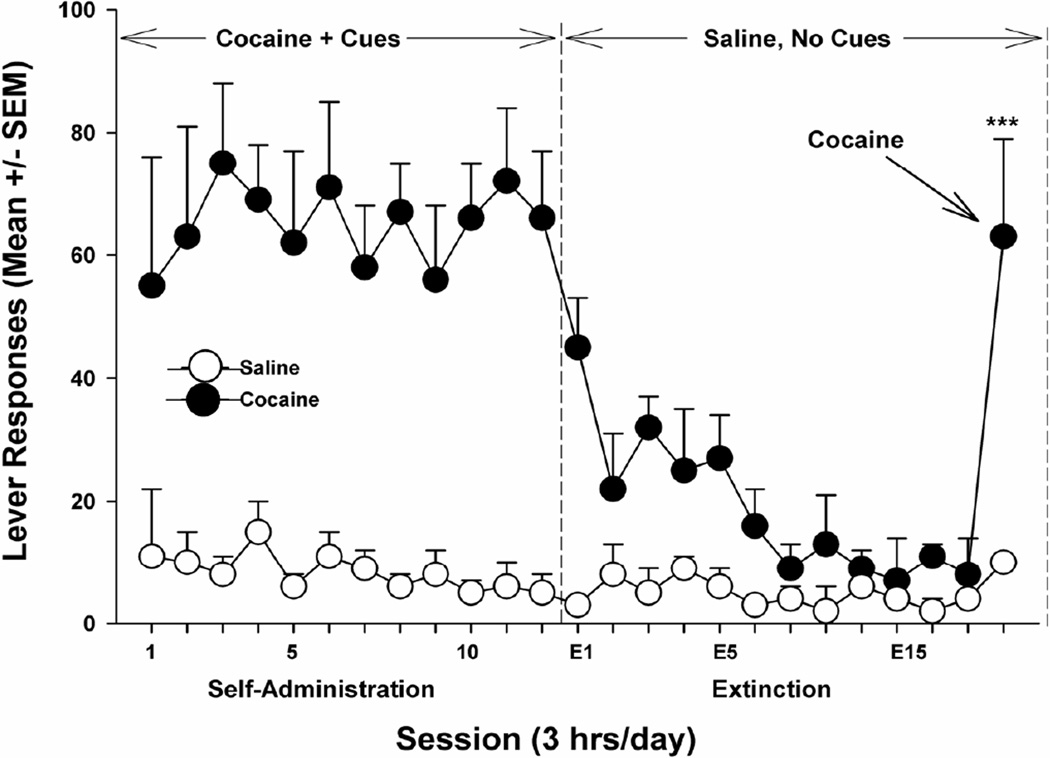Fig. 6. TIME-LINE GRAPH OF REINSTATEMENT (RELAPSE) TO ADDICTIVE DRUG-SEEKING BEHAVIOR.
Schematic diagram of the “reinstatement” animal model of relapse to drug-seeking behavior. Initially, animals are allowed to freely self-administer intravenous cocaine in the presence of environmental cues that indicate the availability of cocaine. At the point indicated by the first vertical dashed line, the cue lights are turned off and saline is substituted for cocaine in the infusion apparatus. This causes behavioral extinction of the drug-taking habit and, perforce, pharmacological “detoxification” from cocaine. On the last day of the extinction phase of the experiment, the animal is given a single non-contingent intravenous “hit” of cocaine. This causes immediate and robust relapse to intense levels of drug-seeking behavior (although the infusion apparatus is filled with saline, as during the extinction and detoxification stage). After [37].

